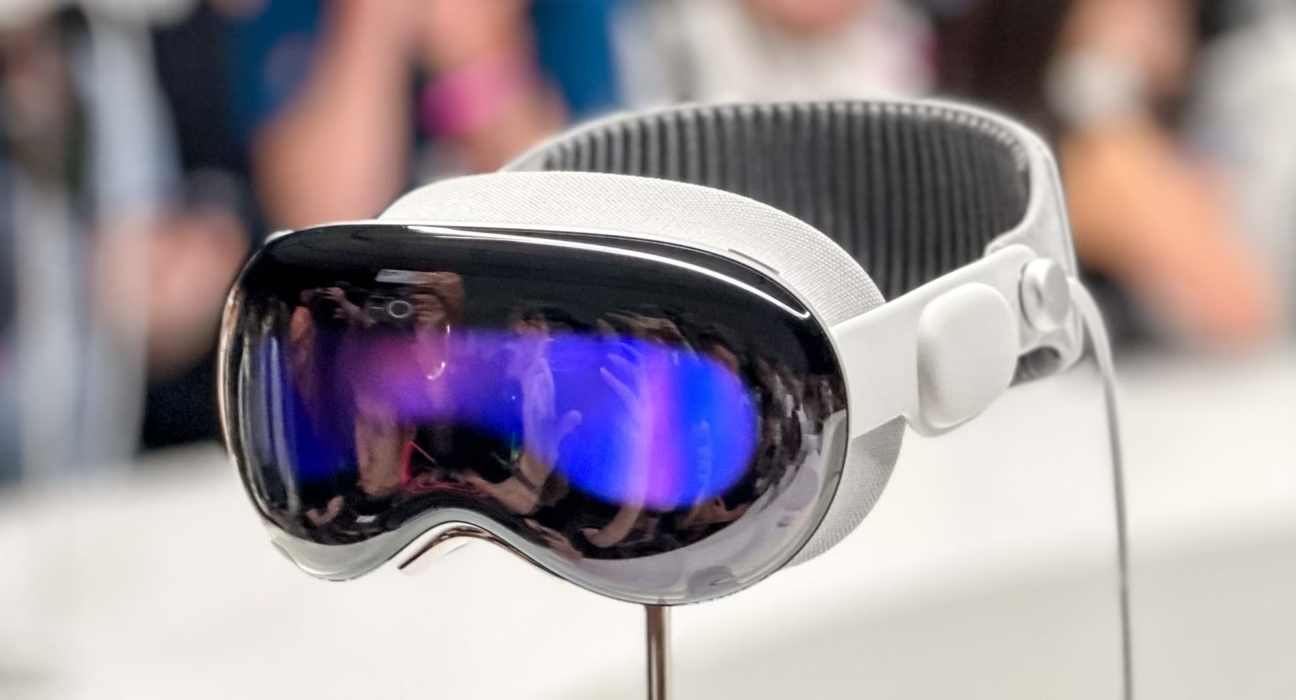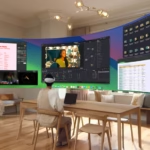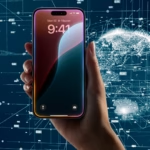Apple Vision Pro 2 M5 Chip Release Date: What the 2025 Leaks Reveal About Your Next Purchase
Estimated reading time: 15 minutes
Key Takeaways
- The **Apple Vision Pro 2 M5 chip release date** is set for October 22, 2025, marking a significant upgrade in spatial computing.
- The **M5 chip**, built on third-generation 3-nanometer technology, offers substantial performance gains in CPU, GPU, and AI workloads.
- Expect improvements in Vision Pro 2’s display, comfort (Dual Knit Band), and battery life, all powered by the **M5 chip**.
- Leaks about **Apple 2025 product roadmap** suggest the M5 chip will be integrated across iPads and MacBooks, unifying Apple’s ecosystem.
- The Vision Pro 2 represents a leap forward in **Apple spatial computing advancements 2025**, enhancing immersive experiences.
- The **Apple Vision Pro 2 production rumors 2025** indicate a focus on refining the user experience and expanding the capabilities of spatial computing.
Table of Contents
- Apple Vision Pro 2 M5 Chip Release Date: What the 2025 Leaks Reveal About Your Next Purchase
- Key Takeaways
- The Powerhouse Within: Understanding the M5 Chip
- Vision Pro 2: Refining the Spatial Computing Experience
- The Broader Picture: Apple’s 2025 Product Roadmap and Spatial Computing
- The Definitive Answer: Apple Vision Pro 2 M5 Chip Release Date
- Informing Your Purchase: Gauging Decisions with the Vision Pro 2
- Looking Ahead: The Future of Spatial Computing
- Frequently Asked Questions
The Powerhouse Within: Understanding the M5 Chip
Apple’s commitment to custom silicon has consistently set its products apart, driving innovation and delivering unparalleled performance. The upcoming **M5 chip** is poised to continue this legacy, representing Apple’s most advanced processor to date. Built with cutting-edge third-generation 3-nanometer technology, the **M5 chip** features a sophisticated new 10-core CPU/GPU architecture, designed to push the boundaries of what’s possible in consumer electronics. This new architecture promises significant leaps in processing power, crucial for the demanding tasks that define modern computing, especially in the realm of **spatial computing**.
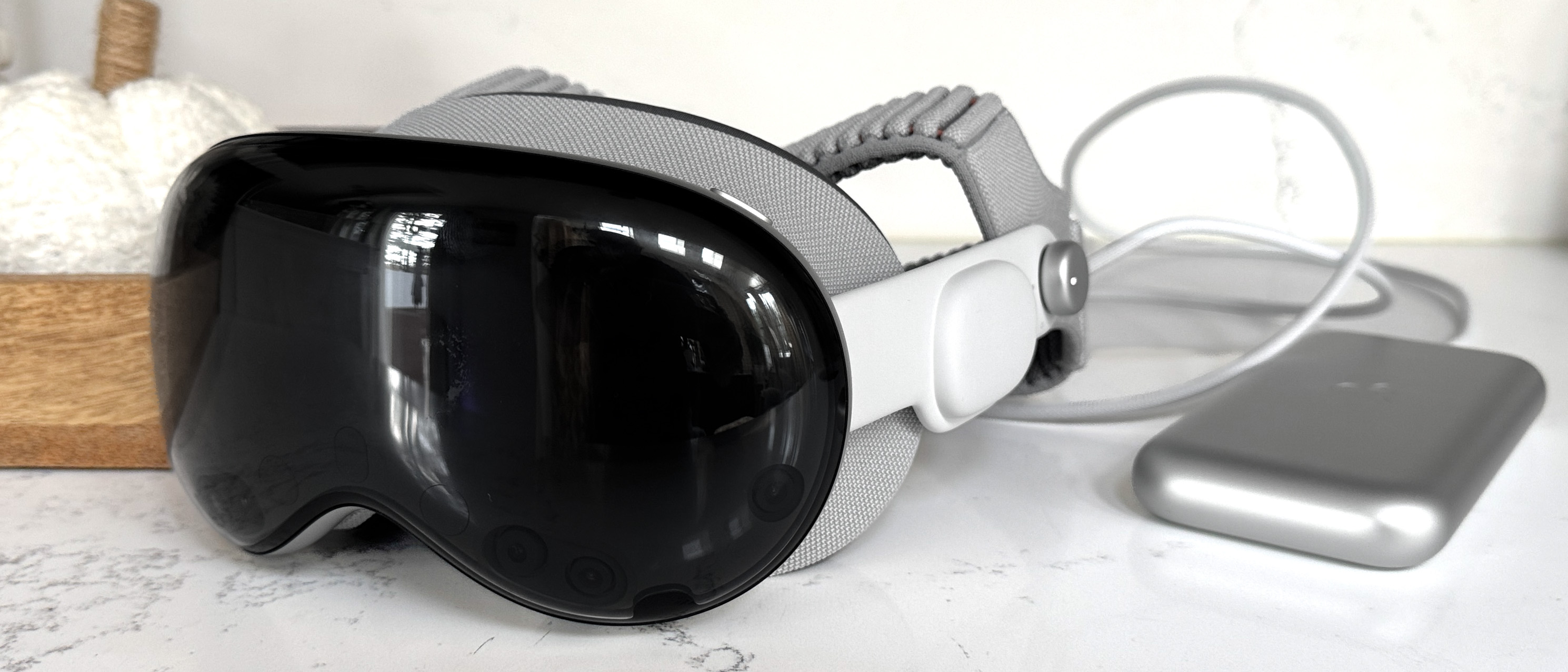
The performance enhancements offered by the **M5 chip** are substantial. We’re looking at a remarkable 45% increase in graphics performance and a 15% boost in multithreaded CPU performance compared to its predecessor, the M4 chip. These gains are not merely incremental; they are transformative, enabling smoother, more responsive, and visually richer experiences. This enhanced graphical prowess is absolutely critical for handling the complexities of real-time AR/VR rendering and the intricate demands of **spatial computing** applications. Furthermore, the **M5 chip** brings substantial improvements in battery efficiency, ensuring that this increased power doesn’t come at the cost of usability. It also accelerates AI and machine learning workloads, opening doors for more intelligent and adaptive user experiences, and boasts enhanced display capabilities, which are vital for delivering crisp, vibrant visuals.

In essence, the **M5 chip** is engineered to set new benchmarks across the board. Its advanced architecture is tailored to deliver incredibly immersive experiences, facilitate low-latency interactions that feel almost instantaneous, and empower developers to create truly groundbreaking spatial applications. As the driving force behind Apple’s next generation of products, the **M5 chip** signals a new era for **Apple spatial computing advancements 2025**.
Vision Pro 2: Refining the Spatial Computing Experience
Building upon the foundation laid by its predecessor, the **Vision Pro 2** is set to redefine the spatial computing landscape. The **Vision Pro 2 production rumors 2025** paint a picture of a device meticulously refined for both performance and user comfort. One of the most anticipated upgrades is the introduction of a Dual Knit Band, a design change focused on improving the overall fit and significantly reducing the perceived weight of the headset, making extended use far more comfortable. This attention to ergonomics is a testament to Apple’s user-centric design philosophy.

Visually, the **Vision Pro 2** is expected to deliver an even more stunning experience. Rumors point to a 10% increase in display pixels, contributing to sharper, more detailed visuals. Coupled with a smoother 120Hz refresh rate, interactions within the spatial environment will feel more fluid and natural than ever before. These visual enhancements are directly facilitated by the raw power of the **M5 chip**, which can handle the increased rendering demands with ease. Beyond the core display, other rumored advancements include an R1 coprocessor dedicated to processing real-time sensor data, ensuring minimal latency in tracking and responsiveness. Refinements to eye-tracking and gesture controls are also expected, making interactions more intuitive and precise. Furthermore, the device will fully support visionOS 2, bringing a host of new features and capabilities to the spatial operating system.

Battery life is another area receiving significant attention. The **Vision Pro 2** is anticipated to offer up to 2.5 hours of general use and an impressive 3 hours of dedicated video playback on a single charge. This improved endurance is crucial for a device designed for immersive, extended sessions. All these upgrades – from the enhanced display and comfort features to the advanced processing capabilities – are intrinsically linked to the integration of the **M5 chip**. It’s the M5’s superior performance that underpins these next-generation features, making the **Vision Pro 2** a truly significant leap forward in spatial computing hardware.
The Broader Picture: Apple’s 2025 Product Roadmap and Spatial Computing
The **M5 chip** isn’t destined solely for the **Vision Pro 2**. Leaks and analyses of **Apple’s 2025 product roadmap** reveal a strategic and widespread integration of this powerful new silicon across Apple’s entire ecosystem. This indicates Apple’s clear intention to unify its product lines under a single, high-performance architecture, leveraging the **M5 chip** to power not only the Vision Pro 2 but also new generations of iPad Pros and MacBook Pros. This cross-product adoption underscores a significant shift towards enhanced AI capabilities and seamless integration across devices.
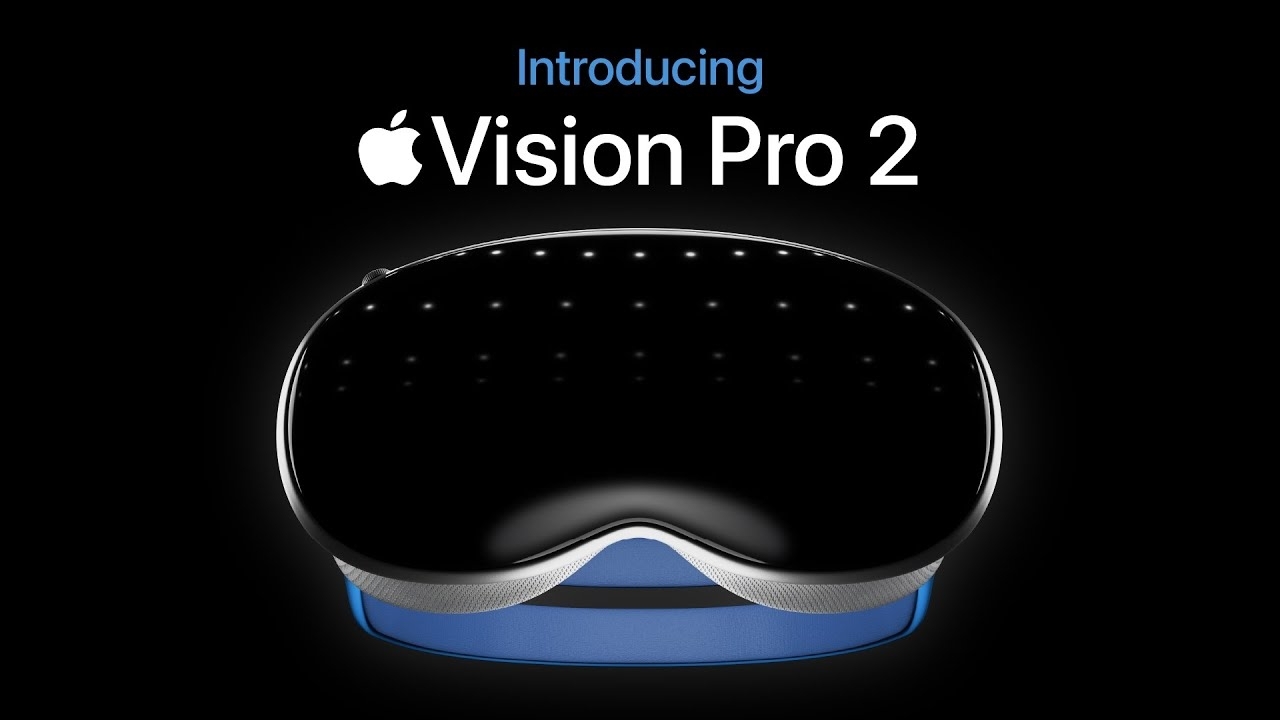
Apple’s overarching vision for 2025 appears to be the creation of a cohesive ecosystem where AI, spatial computing, and advanced AR/VR experiences are not siloed but rather interconnected and mutually enhancing. The Vision Pro 2 is positioned as a central pillar in this strategy, serving as a gateway to immersive digital worlds and a platform for novel forms of interaction and content consumption. The widespread deployment of the **M5 chip** across other product categories suggests Apple is building a robust foundation for these future experiences, ensuring that devices from iPhones to Macs can contribute to and benefit from this evolving spatial computing landscape.

Further fueling speculation are discussions around the **next generation Apple TV M5 chip**. While concrete details remain scarce, the integration of such a powerful processor into an Apple TV device could dramatically enhance its capabilities, potentially transforming it into a hub for spatial computing applications or advanced media experiences. This would further solidify Apple’s presence and influence in the burgeoning **spatial computing** market. Ultimately, these interconnected developments signify a coordinated and ambitious push towards substantial **Apple spatial computing advancements 2025**, aiming to redefine how we interact with technology and digital content.
The Definitive Answer: Apple Vision Pro 2 M5 Chip Release Date
The wait is officially over, and the **Apple Vision Pro 2 M5 chip release date** has been confirmed for **October 22, 2025**. This eagerly anticipated launch date aligns with previous industry whispers and provides a clear timeline for consumers and developers alike. Following Apple’s significant October press release, the device is available for pre-order immediately, allowing enthusiasts to secure their place at the forefront of spatial computing. In-store demonstrations are also set to become available, providing hands-on opportunities to experience the advancements firsthand.
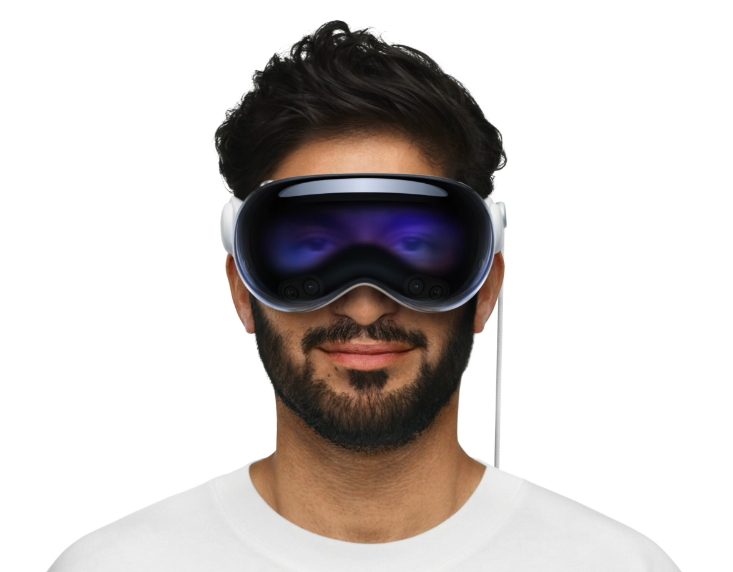
Interestingly, Apple has opted for a strategic announcement approach that eschews a traditional keynote event. The launch strategy is confirmed to be executed primarily through press releases and online updates, a method that mirrors Apple’s evolving product announcement cadence. This approach allows for a swift dissemination of information and direct engagement with product details without the fanfare of a large-scale event. This aligns with the information gleaned from various **Apple 2025 product roadmap leaks** and **Vision Pro 2 production rumors 2025**, providing a clear confirmation of earlier speculation and offering concrete intelligence for those actively investigating their next purchase decisions.

The confirmed **Apple Vision Pro 2 M5 chip release date** of October 22, 2025, solidifies the device’s position as a key player in Apple’s 2025 lineup and a significant milestone in the evolution of **spatial computing**. The integration of the **M5 chip** promises a tangible upgrade in performance and capabilities, making this a pivotal moment for anyone interested in immersive technology.
Informing Your Purchase: Gauging Decisions with the Vision Pro 2
For those undertaking a “Commercial Investigation” into the **Apple Vision Pro 2**, understanding its place in the market and its value proposition is crucial. This device is not merely an incremental update; it represents a significant generational leap forward. The **M5 chip** empowers the Vision Pro 2 with new capabilities that will redefine spatial applications and AI-driven content creation and consumption. It’s a device built for those who want to experience the cutting edge of what’s possible in mixed reality today.
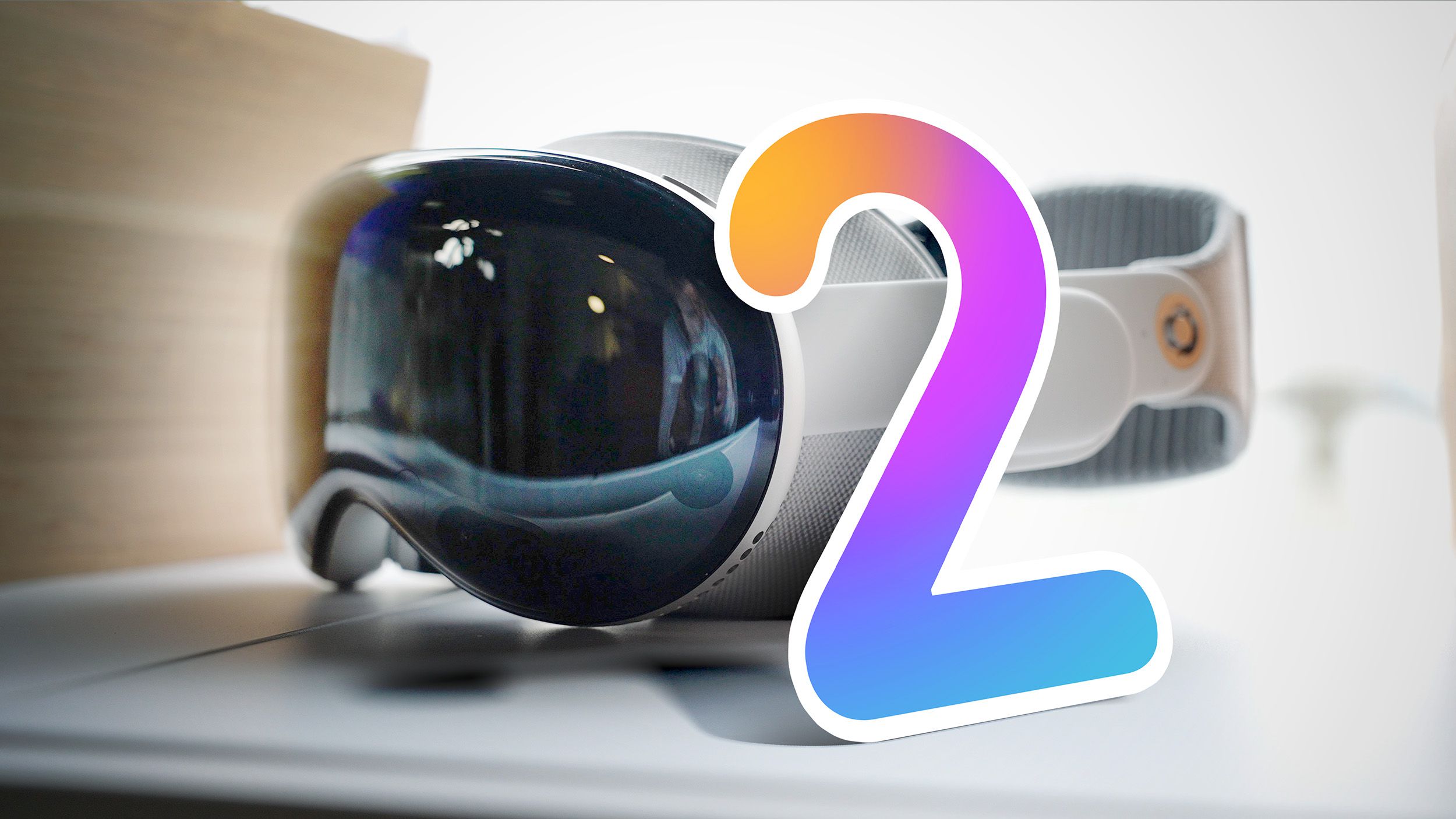
For users who prioritize being at the absolute forefront of **spatial computing** and demand the maximum hardware performance available, the **M5 chip**-powered Vision Pro 2 is undoubtedly the definitive choice. Its enhanced processing power, improved display fidelity, and advanced AI capabilities position it as the benchmark for immersive technology in 2025. However, for users with budget considerations or those whose needs might not require the absolute pinnacle of performance, a more measured approach might be advisable. It’s important to weigh the substantial benefits of the Vision Pro 2 against its price point and consider whether its advanced features align with your specific use cases.

While the **M5 chip** is set to define the standard for Apple’s 2025 product lines, potential buyers might also consider future developments or potential price adjustments over time. Nevertheless, for those seeking the ultimate spatial computing experience, the Vision Pro 2, driven by the revolutionary **M5 chip**, offers an unparalleled opportunity to dive into the future of digital interaction.
Looking Ahead: The Future of Spatial Computing
The **Apple Vision Pro 2**, powered by the formidable **M5 chip**, signifies a major stride in the evolution of spatial computing. With its official launch on **October 22, 2025**, this device promises enhanced AI capabilities, breathtaking graphics, and deeply immersive features that will reshape user interaction with digital content. This release is not an isolated event but rather a cornerstone of Apple’s broader strategy.

Looking at **Apple’s 2025 roadmap**, it’s clear that the company is heavily invested in expanding its footprint in the spatial computing arena. The integration of the **M5 chip** across multiple product lines—from the Vision Pro 2 to future iPads and MacBooks—demonstrates a commitment to building a cohesive and powerful ecosystem. This strategic expansion solidifies Apple’s position at the vanguard of immersive technology innovation, pushing the boundaries of what’s possible and setting the stage for future breakthroughs.
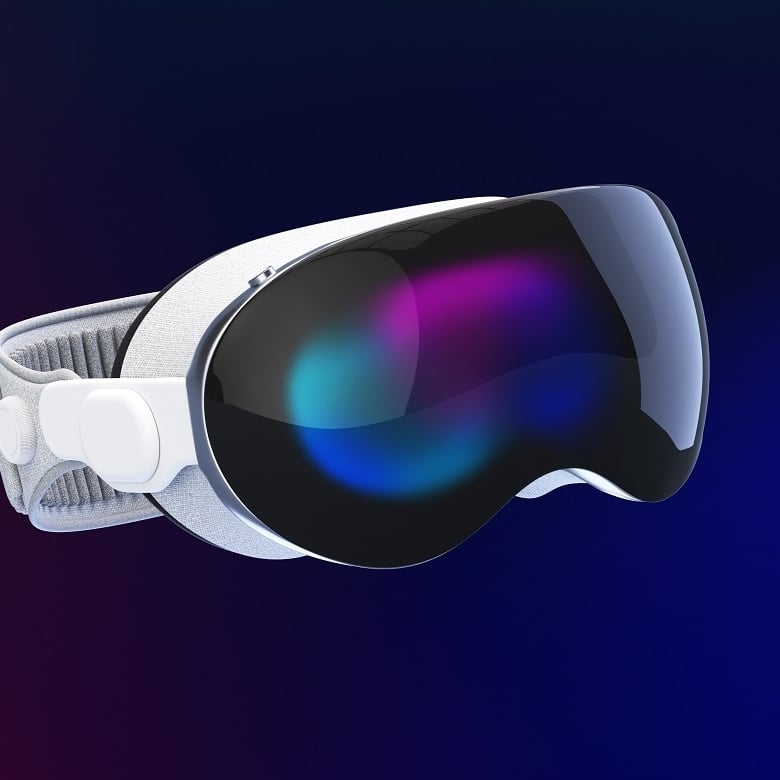
The advancements we’re seeing are indicative of significant **Apple spatial computing advancements 2025**. As developers continue to explore the potential of visionOS and the M5’s capabilities, we can expect an explosion of new applications and experiences. It’s a future that promises more intuitive interfaces, richer digital content, and a seamless blend of the physical and virtual worlds. Stay tuned for further developments and continued innovation in this exciting field.
Frequently Asked Questions
What is the official release date for the Apple Vision Pro 2 with the M5 chip?
The official release date for the Apple Vision Pro 2 with the M5 chip is October 22, 2025.
What are the key improvements of the M5 chip over previous Apple silicon?
The M5 chip offers a 45% increase in graphics performance and a 15% higher multithreaded CPU performance compared to the M4 chip. It also features improvements in battery efficiency, AI/ML acceleration, and display capabilities.
Will the M5 chip be used in other Apple products besides the Vision Pro 2?
Yes, Apple’s 2025 product roadmap indicates that the M5 chip will also power new generations of iPad Pros and MacBook Pros, reflecting a broader strategy for performance enhancement across its lineup.
What are some of the rumored hardware upgrades for the Vision Pro 2?
Rumored upgrades include a Dual Knit Band for improved comfort, a 10% increase in display pixels, a 120Hz refresh rate, an R1 coprocessor, refined eye-tracking and gesture controls, and expanded visionOS 2 support.
What is the expected battery life for the Vision Pro 2?
The Vision Pro 2 is expected to offer up to 2.5 hours of general use and around 3 hours of video playback on a single charge.
How will the Vision Pro 2 with the M5 chip impact spatial computing?
The M5 chip’s enhanced performance, particularly in graphics and AI, will enable more sophisticated and immersive spatial applications, leading to more realistic and interactive experiences in augmented and virtual reality.
Will there be a traditional keynote event for the Vision Pro 2 launch?
No, Apple’s launch strategy for the Vision Pro 2 is confirmed to be through press releases and online updates, rather than a traditional keynote event.


